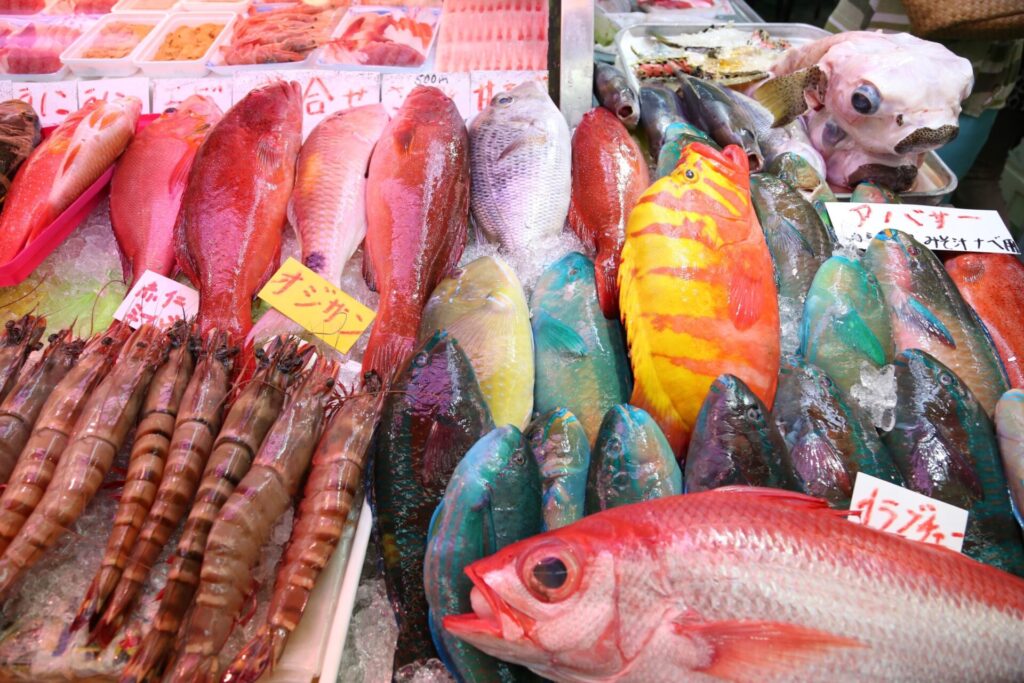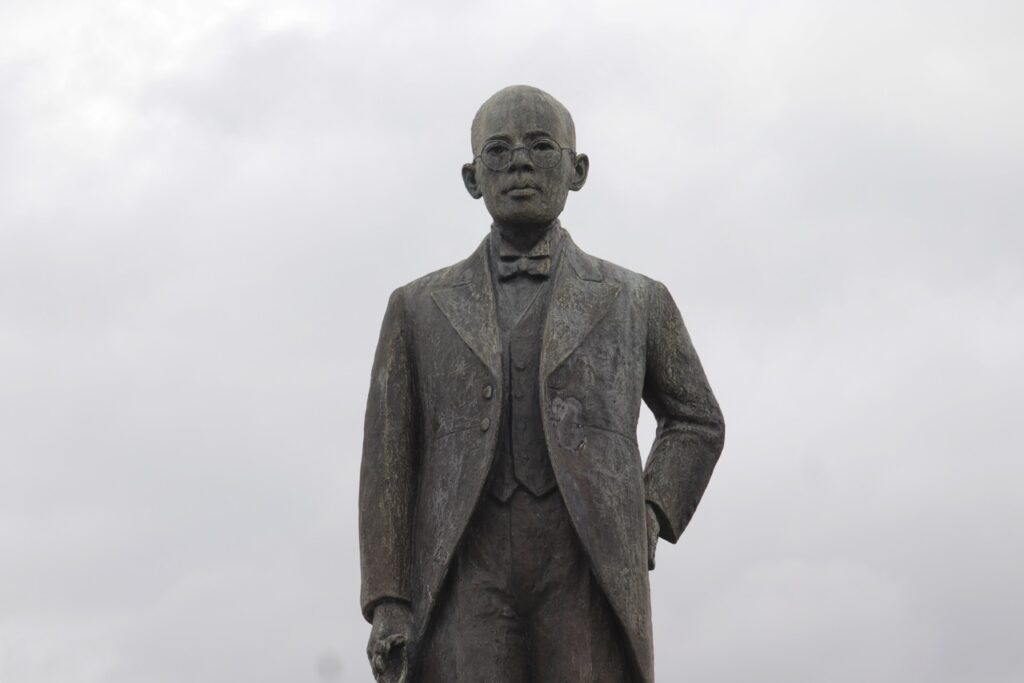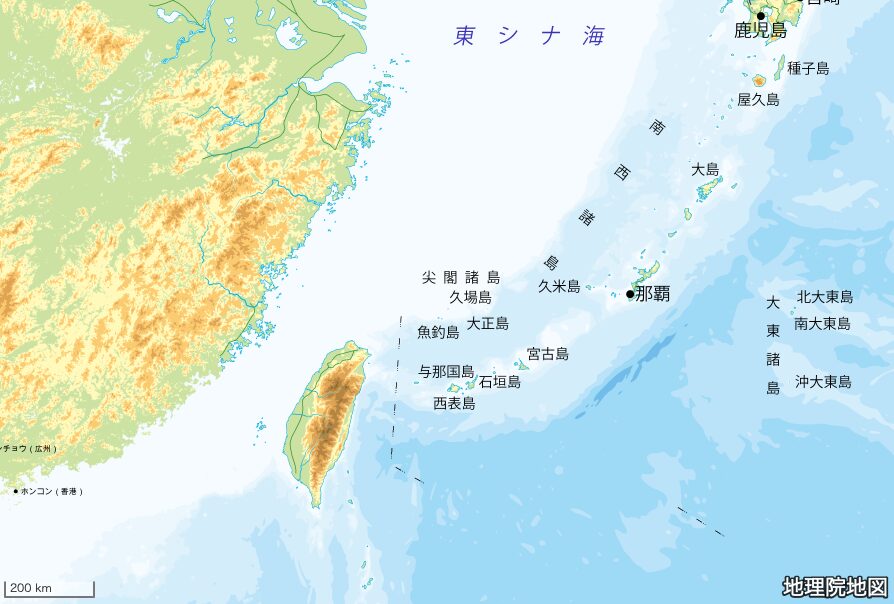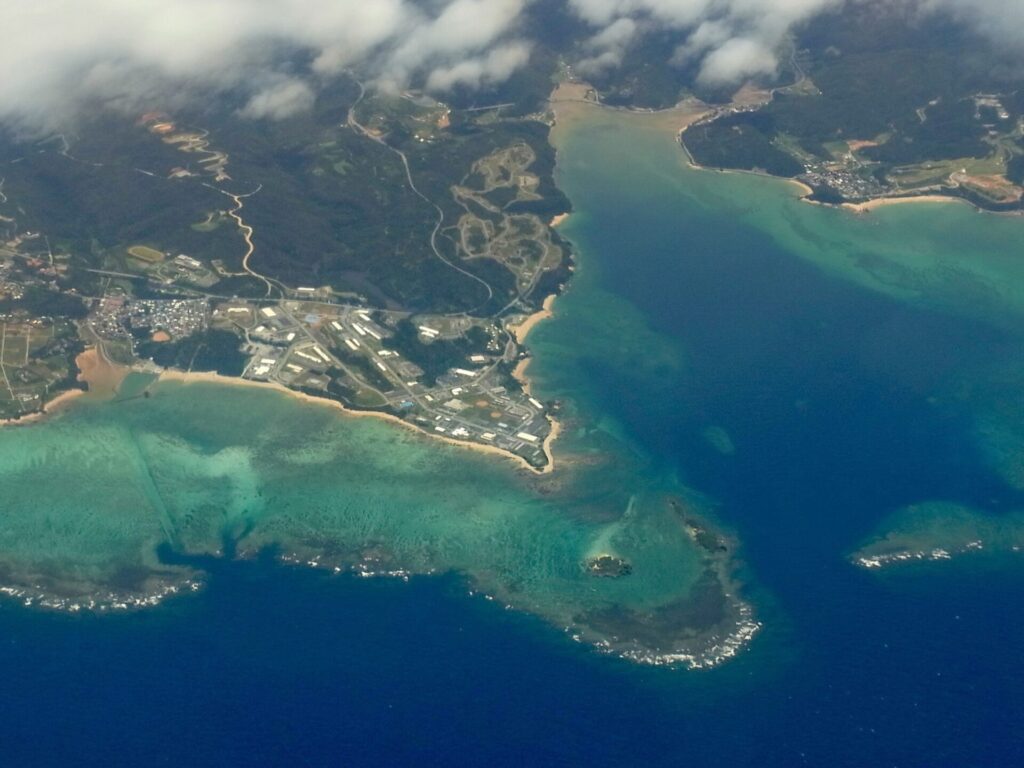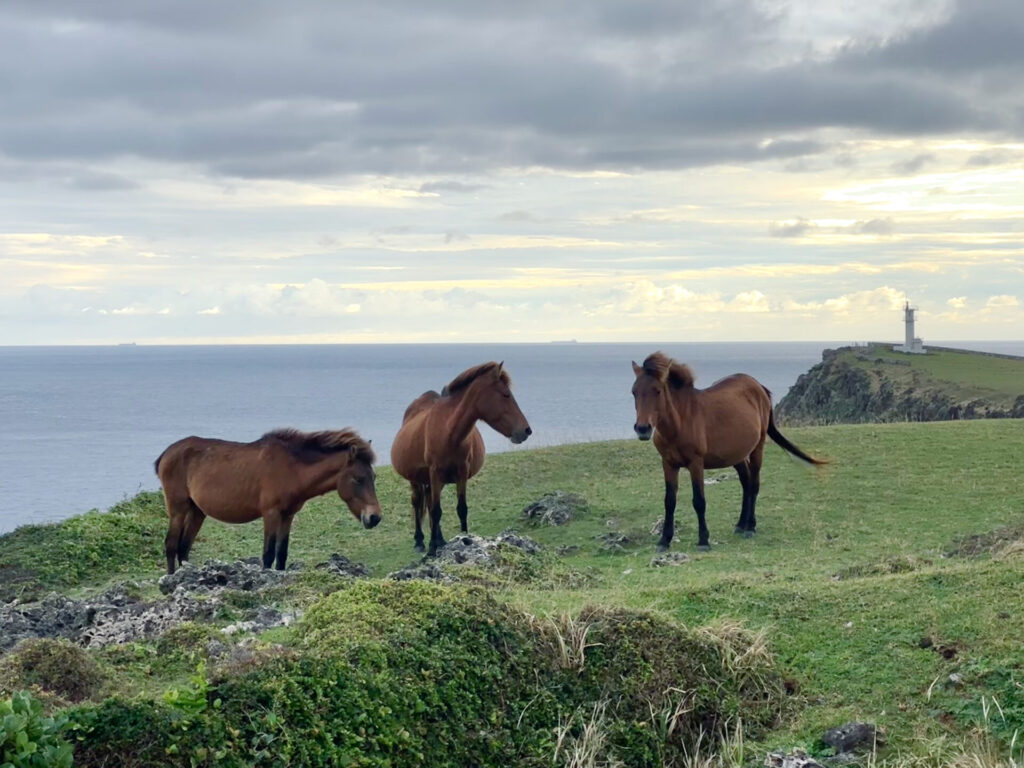Niraikanai

A world different from ours, where the gods live, an outlandish land. The most fundamental concept in the religions of the Southwest Islands of Okinawa and Amami Oshima, along with Tīda and Onarigami. Also called Nīra or Niraisuku. Some believe it to be beyond the sea; others believe it is underground. It is closely related to the Tokoyo no Kuni (the Unchanging Land) or the Ne no Kuni (the Land of the Root) which appear in ancient Japanese literature. Furthermore, the Shrine of Watatsumi1 that Yama no Sachihiko visited in Kojiki, as well as the Ryugu2 that Urashima Taro visited, is believed to be another form of Niraikanai.
Why would we think of a strange land outside our world? Why can’t we think that this world is the one and only? When we feel discontent and unhappy in this world, we imagine a world without them. As humans look to such a world, that land becomes a utopia. Hence the Peach Blossom Spring3, or Mt. Hourai4, Heaven, or Gokuraku5 (Albeit the difference in whether one goes there alive or after death.)
There are also other approaches: instead of people searching for them, the divinities visit this world to save people, and Niraikanai mostly follows this idea. These gods are called Raihoushin (visiting god). Once a year they come to this world, give blessings to the people and return to their land. This is a basic religious pattern of the Southwest Islands. To give specifics, Raihoushin appears as Pānto in Miyako, Akamatā and Kuromatā in Yaeyama, and Fusamarā in Hateruma Island, also called Miruku or Mayunganashi.
There are two kinds of ceremonies to welcome visiting gods. In the first type, a villager plays the role of the Raihoushin, whom villagers welcome (naturally, in the religious view, the villager is not acting a role but is god itself). For example, Fusamarā who appears in the rainmaking rite of Hateruma Island is a rain god. Fusamarā comes out from a small mountain called Mt. Fusamaraa, wearing a mask made out of a gourd, visits the wells of the village to ensure an abundance of water, and goes home to a far-off world. In the case of Miruku in Yaeyama, this god changes this world into a utopia with blessings called Miruku Yugafu.
In the second type, one cannot see the god. People plainly believe in the visit and organize welcoming and send-off rituals. Examples of the welcoming ritual are the Yūkui which is conducted by priestesses on a beach, the Unjami in the northern part of the main island, Hārī, or the tug-of-war played in other regions. The most famous of this type is the Izaihō of Kudaka Island, which lasts six days and celebrates the ordination of priestesses.
Niraikanai has also an aspect as a place to send and confine harmful insects and mice. Mice are thought to be defective offspring of Tīda; therefore, belonged originally to Niraikanai. There is an Otakabe on Kume Island, which urges them to go back to Niraikanai if they are coming into this world to do mischief.
Similar to Mt. Hourai, the legend of Paipatirōma is a good example of a far-off utopia that living people can visit. Hateruma Island is the southmost populated island of Japan. Some believe that its name Hateruma (波照間) came from the word “hate” (果て), meaning “far end.” Nonetheless, there was a widespread belief that a utopian island exists to the south of Hateruma. They say that Hateruma people who were fed up paying heavy taxes escaped en masse to this southernmost island and lived happily ever after.
In fact, there is a quite detailed account in the Yaeyamajima Nenraiki that over forty people fled from Hateruma in 1648 and never returned. They hijacked an official tax-collecting ship with rice and other goods loaded as tax. There is no island directly south of Hateruma, though Taiwan lies to the west, and many small islands are located in the Bashi Channel to the southwest. They might have gone as far as Luzon. However, rather than trying to find out their destination, it would be fairer as a story to believe that a utopian island existed in the south of Hateruma.
Editor’s Note:
- Watatsumi is the sea deity in Japanese mythology.
- Urashima Taro is a Japanese fairy tale in which a fisherman named Urashima Taro is feasted at the Ryugu, the Dragon Place, under the sea.
- Peach Blossom Spring is an ethereal utopia from a fable in the 5th century by Tao Yuanming.
- Mt. Hourai is a legendary land in Chinese mythology. It is said to exist somewhere in the sea.
- Sukhavati in Sanskrit, Gokuraku is the land of bliss in Buddhism.



























































